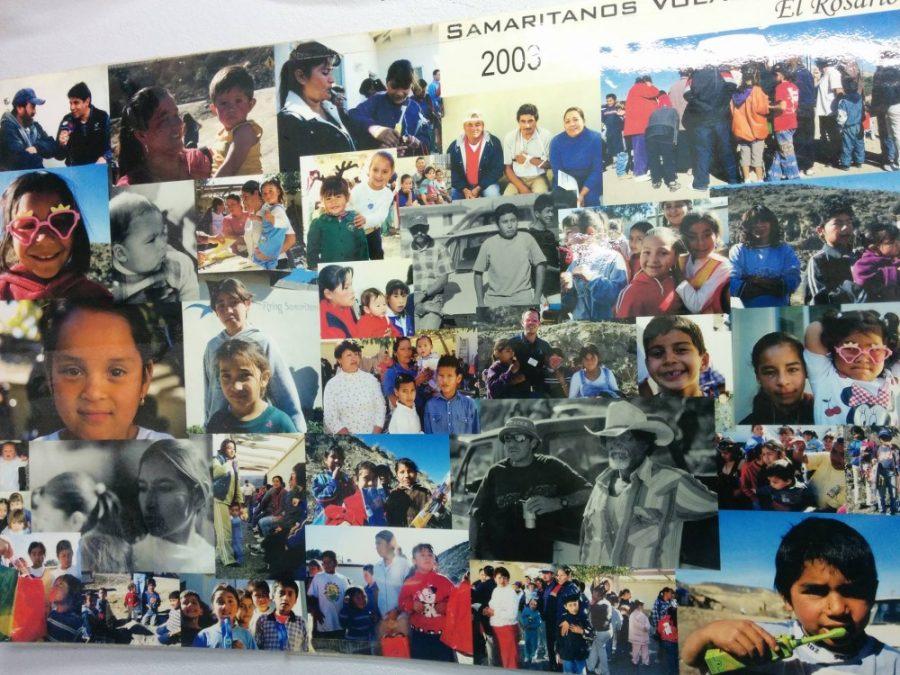The Flying Samaritans, which has a chapter in Tucson and a working affiliation with the UA, is a registered non-profit organization committed to helping underserved people receive free medical attention and care.
The Arizona chapter is comprised of three different locations: Tucson, UA and Phoenix. Each chapter travels to clinics in different cities by plane or car in Baja California Mexico. The organization is also made up of chapters located in California.
RELATED: Column: Gender and sexual minorities have different healthcare needs that must be addressed
“This is a bigger organization than most people realize,” said Christine Bingham, president of the Tucson chapter.
The Tucson chapter flies volunteers to Baja California at El Rosario. The UA’s chapter drives helpers to a clinic in Agua Prieta, Sonora, Mexico and serves as a student-run club under the Tucson Chapter with over 100 students involved, according to Melanie Murphy, a UA physiology junior and one of the co-presidents for UA Flying Samaritans.
Both the Tucson and UA chapters travel to Mexico once a month, leaving Friday and returning Sunday. The season starts in October and ends in July. August and September are skipped due to the monsoon season in Arizona and hurricane season in the Baja.
“Our mission is to provide medical and dental care to underserved populations in Mexico,” said John Osborne, vice president of the Tucson chapter. “The primary goal at this point is to work on dental health because there is no health insurance for dentistry. It’s generally extremely expensive and they live with poor dental conditions.”
The organization currently has a range of medical services it provides, from dental services to surgery and its ranks of volunteers are comprised of medical and pharmaceutical, dental and chiropractic help, as well as the use of optometrists, pilots, interpreters and other helpers for the clinics.
“I think that Flying Samaritans is a good thing to have because there is something for everyone,” Murphy said. “Since we are so close to Mexico, it’s a really good way to improve global health.”
Murphy said she wants to emphasize that the organization is not just for pre-med students but also for any student interested in health or Spanish, even if they just want to travel to Mexico and see what healthcare is like there.
Beginning in 1961, The Flying Samaritans started when two pilots landed in El Rosario on the Baja Peninsula to avoid strong winds that had developed on the day.
RELATED: 3,000 miles later, UA professor and UA medical student return from their bike listening tour
The people of El Rosario were kind enough to provide shelter and food for them and since then, the aviators returned and have helped the people of El Rosario by bringing goods and medical services and supplys.
The organization now has well over 1,000 volunteer members who have established and supported close to 20 clinics in Baja California.
“Many of the dentists say, ‘It’s just so great to be out of the office,’ because they’re so inundated with paperwork and so many constraints that when they go down they feel like they’re back where they first started in the dental or medical practice,” Bingham said, “And that benefits everybody.”
Follow Angela Martinez on Twitter.









